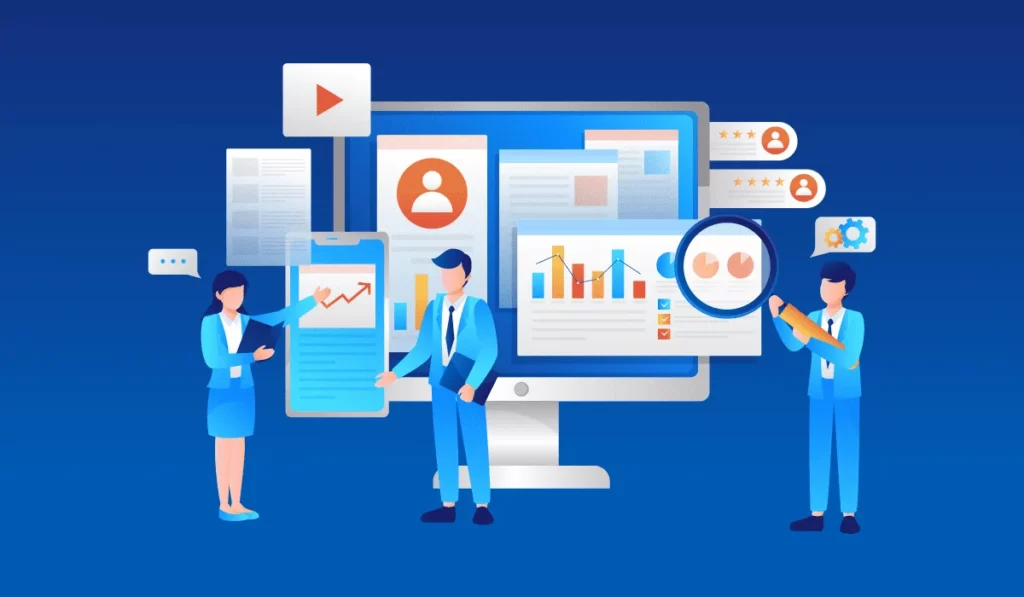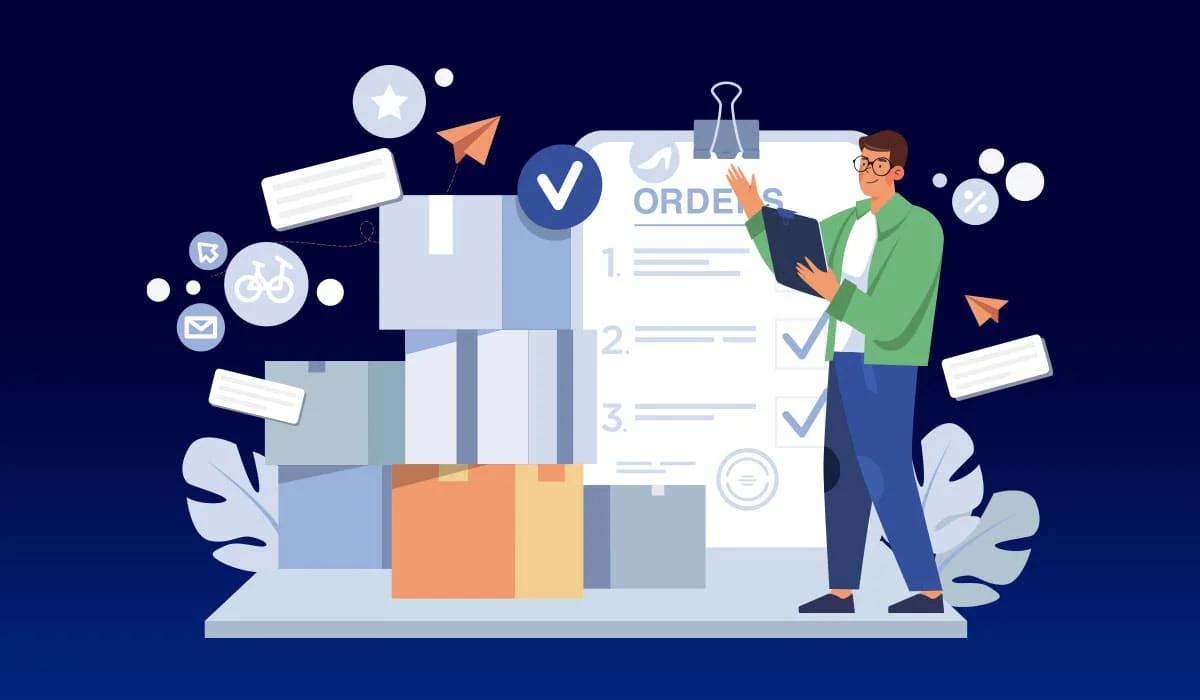In the current business environment, HR professionals deal with daily activities that are getting longer and more involved.
These specialists are required to devote a great deal of time to various HR operations, including but not limited to employee management, hiring procedures, attendance monitoring, leave management, handling resignations, managing payroll, insurance, employee performance reviews, employee retention, and modules for loan management systems, among other things.
Organizations can successfully reduce potential risks and increase profitability by implementing a digital HR solution.
The HRMS makes it easier to manage HR operations accurately and efficiently, allowing the HR team to work more productively and contribute to the overall success of the organization.
One of the most significant advantages of an HRMS is its comprehensive features of HR software, which empower HR professionals to streamline processes, improve decision-making, and create a more productive and engaged workforce.
Content Index
- Top Features of HR and Payroll Software
- Conclusion

Top Features of HR and Payroll Software
Implementing an HRMS solution empowers HR professionals to create a streamlined HR management system, enhancing the overall employee experience.
The system aids in optimizing HR processes, making them more efficient and effective, resulting in a positive impact on employee satisfaction and engagement.
Performance Management
Effectively evaluating employees’ performance is paramount, and this is where HRMS with performance management features comes into play.
By utilizing the software, you can design appraisal templates tailored to each role, encompassing essential performance-defining criteria and assigning appropriate weights to different factors.
This facilitates streamlined and accurate employee evaluations, making the process more efficient and transparent.
With performance management integrated into HR and payroll software, businesses can make well-informed decisions regarding promotions and career growth opportunities for their employees.
Recruitment & Hiring
The effectiveness of a recruitment management system cannot be overstated when it comes to securing the right candidates with the necessary skills at the optimal moment.
Not only does it boost the organization’s image, but it also leads to cost reductions. When recruitment is managed without such software, it becomes a laborious and challenging task, diverting attention from hiring amidst competing business demands.
A well-designed recruitment system streamlines the entire process, from initial candidate information collection to the final selection.
Additionally, it incorporates an applicant tracking system that automates candidate evaluation based on predefined criteria, saving valuable time and resources.
The implementation of robust HR software for the recruitment process ensures precise job descriptions, efficient job postings, systematic candidate data gathering, thorough analysis, evaluation, and selection, all of which significantly contribute to overall business growth and enhanced productivity.
Timekeeping and Leave Management
Application Tracking System, the modern replacement for traditional resume-filled folders, revolutionizes recruitment by automating candidate search and evaluation.
It allows effective assessment of different recruiting channels, guiding resource allocation for optimal results.
Attendance management is a standout feature of HRMS systems, setting them apart from other software platforms.
With effortless precision, HRMS efficiently handles absenteeism, managing leave entitlement, encashment, and tracking leave usage.
This strategic HRMS function plays a crucial role in gauging employee job satisfaction and enhancing overall HR efficiency.
Compensation Administration
Effective compensation management is critical for organizations to alleviate HR burdens arising from inaccuracies.
One of the key features of HR software is the sophisticated Payroll module, which ensures precise salary calculations, tax deductions, and related tasks.
It streamlines compensation and benefits management, encompassing allowances and overtime rates.
By automating data entry and reducing redundancy, the system enhances accuracy and efficiency while centralizing attendance and leave details.
Complex processes, such as compensation, rewards, and up-to-date payroll management, are simplified.
Advanced tools enable easy setup of diverse salary structures for all employees. Leveraging this Payroll Management feature optimizes operations, leading to desired outcomes and overall business.
Employee Self-Service
An HRMS plays a crucial role in efficiently managing and safeguarding financial information. As a company grows, it becomes increasingly important to handle various types of employee data.
Such as job positions, employment records, commencement dates, salary details, insurance plans, tax information, and options for paid time off.
Having a centralized system enables authorized individuals to access their records instantly, reducing the need for constant HR supervision and ultimately saving time.
Employee Incentive
Employee incentives serve as a powerful tool to recognize and drive employee performance beyond regular compensation.
To implement these incentives seamlessly, payroll software allows for the creation of customized employee incentives linked to specific payroll entries.
Offering incentives is an effective approach for businesses aiming to boost staff productivity and motivation.
It encourages employees to go the extra mile and excel in their roles, leading to increased overall performance and job satisfaction.
Employee Training
Employee training is essential for bridging the knowledge and skill gaps within a company. To achieve this, organizations regularly conduct training sessions.
Human Resource Management Systems (HRMS) play a crucial role in identifying these skill gaps, providing management with guidance on addressing employees’ training needs, and keeping track of the significant expenses involved in training and development.
Within the HRMS platform, administrators can easily create training programs and efficiently schedule training sessions.
After the training sessions are conducted, employees have the opportunity to provide feedback through the Training Feedback feature. This allows them to receive the results and further improve their skills and knowledge.
Conclusion
When choosing an HRMS for your organization, it’s crucial to look beyond the surface and focus on the key features that truly matter.
Don’t solely rely on the type of system, instead, examine how well it aligns with your business processes and automation needs. Take the time to outline your specific requirements and compare different systems based on their functions and processes.
By focusing on the essential features of HR software and conducting thorough research, you can ensure that your chosen HRMS will meet your organization’s needs and contribute to a more efficient and successful HR management system.
You can also go through our blogs to understand the software in an in-depth way:





